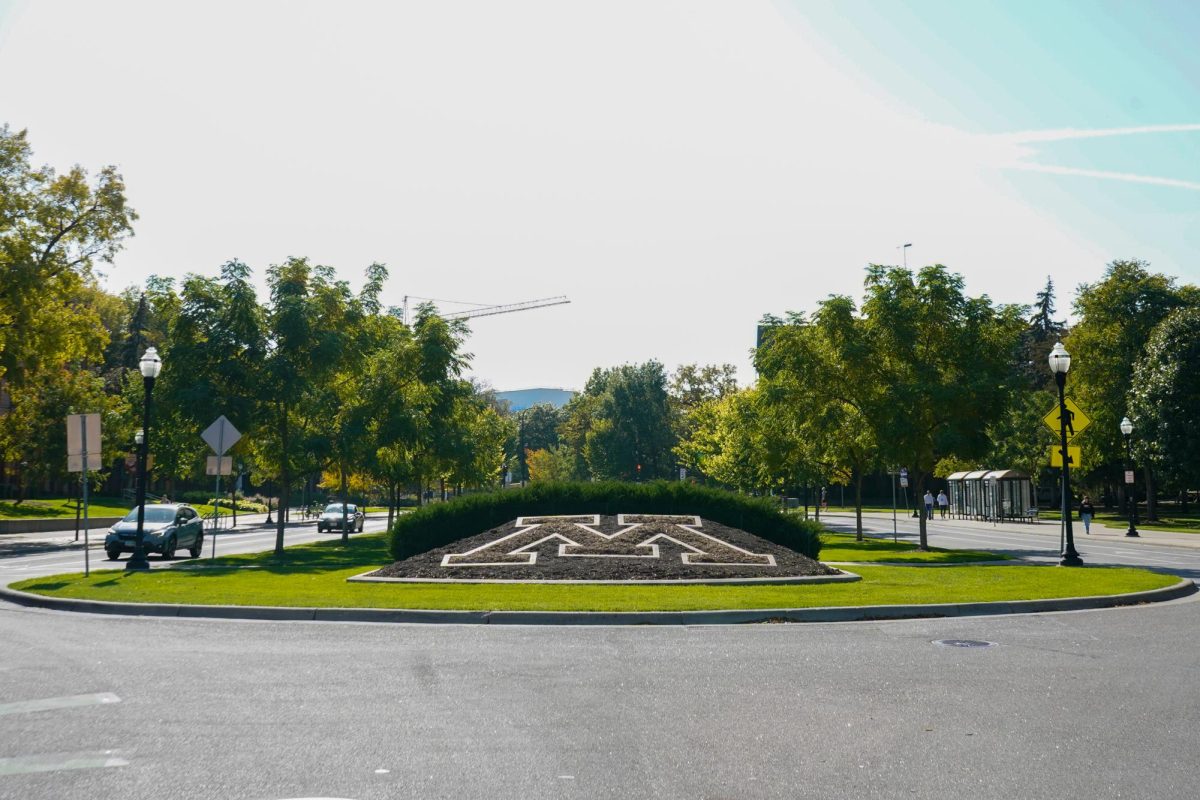When a classmate told her South Dakota and Minnesota would end their 40-year higher-education tuition agreement, third-year University of Minnesota student and South Dakota resident Lyndsey Wanner panicked.
As soon as she heard the news, her mind raced through the possibilities of either transferring or bearing the financial burden of a tuition increase to finish her degree at the school she had grown to love.
South Dakota ended the agreement, known as reciprocity, in December 2023 and notified Minnesota in January, according to the South Dakota Board of Regents’ website. The decision will take effect starting in the 2024-2025 academic year for public colleges and universities in both states.
Wanner’s concerns were eased upon learning current students would retain their current tuition rates, however, she said she sympathizes with South Dakota students whose college decision has become more difficult.
“I feel bad that South Dakota students, if they really want to come to Minnesota, it’ll be really hard for them,” Wanner said. “I feel bad because I felt so lucky to get to come here and have such great rates.”
Because this decision came late in the admission cycle, South Dakota students enrolled at the University for the next year will receive tuition waivers to match the reciprocity rate, according to University Interim President Jeff Ettinger’s March 8 report to the Board of Regents.
South Dakota will do the same for their incoming students by offering them the state’s resident tuition rates through the South Dakota Advantage program, according to Nathan Lukkes, the executive director of the South Dakota Board of Regents.
Lukkes said the reciprocity agreement was terminated because it offered a different tuition rate exclusively to Minnesota students compared to those from other states receiving tuition discounts.
“It was really about trying to treat students equitably from similar states coming into South Dakota and also making sure that we maintain our competitive advantage,” Lukkes said. “It was originally viewed as a negative by some, but from a Minnesota student standpoint, we were ending it so we could lower the rate, saving them about $1,400 a year.”
The South Dakota Advantage Program applies to students from 11 states surrounding South Dakota, including Minnesota. The University does not yet have an official tuition rate plan for South Dakota students beyond the upcoming academic year, according to Ettinger’s report.
Emma Niebuhr, a Minnesota resident and first-year student at South Dakota State University, said she feels South Dakota students deserve to have a similar tuition agreement with Minnesota that South Dakota has with Minnesota students.
“It seems kind of not right if we get to go [to South Dakota] for a discounted price and they don’t get to do that for our colleges, it just doesn’t really make that much sense to me,” Niebuhr said.
Lukkes said the South Dakota Board of Regents wants to retain the state’s students as much as possible by preserving affordable tuition.
“We certainly want to keep as many of our homegrown students in state as we can,” Lukkes said. “We feel that keeping the price point as low as possible on top of providing a quality product is a solid attractant to keep them in South Dakota.”
Wanner said she does not think South Dakota’s decision will be effective for keeping resident students in the state.
“Anyone who’s looking at Minnesota just wants to get out of South Dakota like I did, and if they’re not going to go to Minnesota, they’re still going to go somewhere else,” Wanner said. “I don’t think it will help South Dakota hang on to their students.”
Lukkes said while South Dakota has no control over how Minnesota sets its tuition rates, South Dakota looks forward to offering affordable education to Minnesota students after the terminated agreement takes effect.
“If you can hold the line and provide a quality, affordable product, students will come to your institutions,” Lukkes said. “We’re hoping that this will not only benefit our institutions with increased enrollments, but it also helps Minnesota students looking to find that quality, affordable education here in South Dakota.”




















